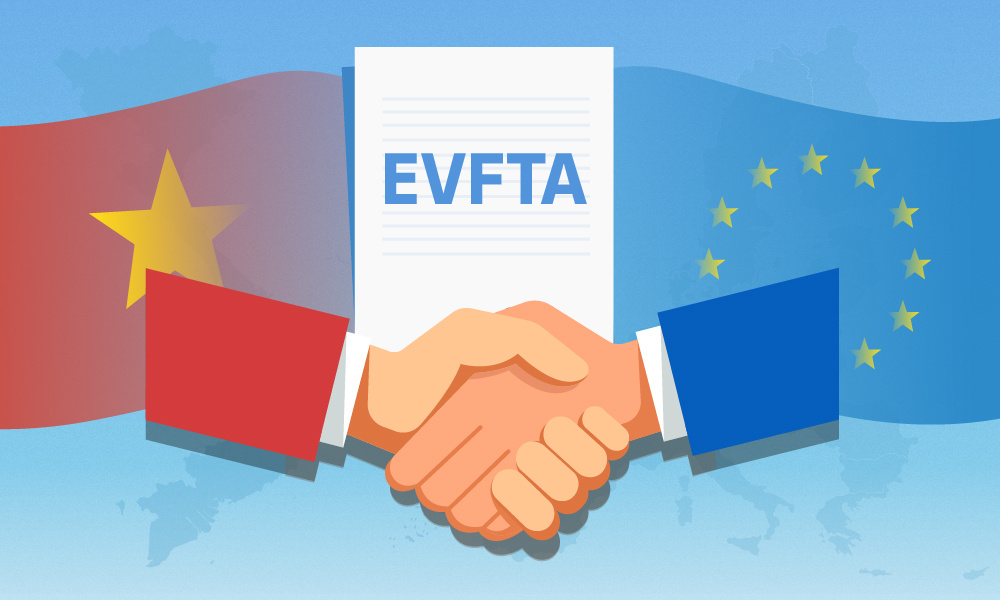History was made in Hanoi on June 30, as Vietnam and the European Union signed agreements on bilateral free trade and investment protection in Hanoi. The Europe-Vietnam Free Trade Agreement (EVFTA) will ensure the balance of benefits for both Vietnam and the EU, while the Europe-Vietnam Investment Protection Agreement (EVIPA) will make sure that businesses on both sides and investors are treated fairly.
The EVIPA will serve as a legal framework for transparent investing in order to draw foreign European investors.
The EVFTA and EVIPA are the most ambitious agreements concluded between the EU and a developing country, as both sides wished for an implementation of joint commitments focusing on trade and investment. The agreements will open up both EU and Vietnamese markets for small and medium sized enterprises (SMEs) that will take advantage of the new deals in a variety of fields.
For Vietnam, the EU will cut 85.6% of tariffs, as soon as the agreement enters into force. Over the next seven years, the EU will eliminate duties on 99.7% of Vietnam’s exports while the remaining 0.3% will enjoy zero tariffs within the quotas set for them. In addition, the EU pledges to eliminate 42.5% of the tariff lines immediately after the EVFTA is in effect while the rest will be phased out over the next 3-7 years.
On the other side, Vietnam also pledges to eliminate tariffs on 64.5% of EU exports, which will increase to 97.1% after seven years and 99.8% after 10 years.
In addition to open market commitments and significant business opportunities, the EVFTA also adjusts other matters, such as opening up markets for services, investment and procurement of government agencies; e-commerce; intellectual property rights; State-owned enterprises and sustainable development.
The EU is currently Vietnam’s third largest trade partner and one of the biggest export markets, with two-way trade hitting $50,4 billion 2018.
Under the EVFTA, Vietnam’s exports to EU markets is expected to rise 4-6% compared to a non-FTA trade relation and reach a total of $19 billion, exports are expected to climb to $75 billion in 2028.


